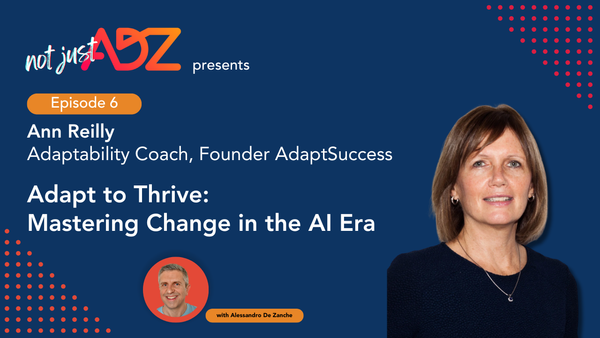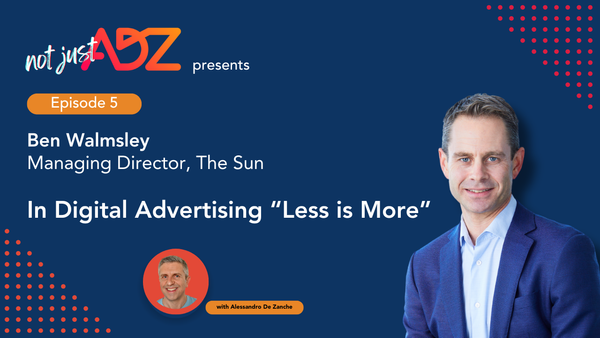For Media Owners, A Single Customer View Starts In The Boardroom | AdExchanger
I recently had the opportunity to dive deeply into how media owners approach the diversification and the coexistence of business models…

I recently had the opportunity to dive deeply into how media owners approach the diversification and the coexistence of business models built on audience, data and monetization strategies.
It was a privileged observation point, where I engaged with a group of medium-size publishers at the early stages of diversifying their business models. The background of it was a program run by FT Strategies, the consulting arm of The Financial Times, which has built a very successful subscription strategy.
Watching the media owners enthusiastically learn about the Financial Times’ subscription strategy and listening to their everyday challenges reinforced my conviction that positive change can only happen if publishers break down their organizational silos, way before deploying any specific data strategy.
Many publishers strive to achieve a “single customer view” with their data strategies, but it is not only a concept of data architecture that they should focus on — they must also consider the strategic and practical way the whole company should look at their customers.
Accomplishing that goal is easier said than done. While we are talking more often about it and some companies are beginning to approach it, it’s not happening quickly because publishers must deal with legacy “territorial boundaries” and, in the worst cases, land-grabbing turf wars.
We recently analyzed how publishers should approach their audience relationships based on trust, which empowers the media owner to escort each user from anonymity to an active, identifiable and addressable presence. Building such a cohesive audience strategy requires the cooperation of every single department of a media brand: legal, marketing, advertising, technology and editorial.
But how can we reconcile a media brand’s need for a unique, single voice, to the practical, day-to-day needs of a subscriber acquisition team? How can we tie those goals to the different challenges of a subscriber retention team, or to the objectives of the advertising teams — which are often split into different specializations?
The whole internal structure of media owners must evolve to bring holistic change, and to ensure its audience sees a range of cascading benefits (consistency of experience, tone, value-exchange, etc.) as the relationship deepens.
And this multidisciplinary approach, built on trust, must be designed and implemented through a single customer organization within the publisher.
Media owners must remember their customers are their audience and their media is their product. They must move away from the misleading idea that the product is the ad slot — an approach that killed or seriously wounded many publishers during the last decade.
Shouldn’t a media owner’s management organization be structured around the two poles of the product and the customer? Whatever the job title (Chief Customer Officer? Chief Audience Officer?), media organizations must appoint a figure with ultimate responsibility on every single interaction with the audience.
In practice, this structure means that marketing and advertising teams should both report to the same person — a leader with a clear vision and recognized across the organization, to inspire teams, build a strong and ambitious vision, reset values and best practices around audience engagement and ensure these practices are adopted across monetization channels. Plus, they must truly understand digital.
Advertising teams will struggle most in adapting this new scenario, as they traditionally have been in charge of media owners’ monetization strategies.
They have the toughest challenge ahead, contributing to the reinvention of digital advertising and adapting to their changing role within the new user-centric, privacy-first dimension of a channel that audiences have often rejected or ignored.
But the ad teams cannot make it alone.
The difference will be made at the top, by the media leaders who traditionally haven’t understood digital advertising and have looked the other way, often giving carte blanche to narrow minded, ad slot obsessed executives. That old style of leadership has led media brands towards today’s struggle, and it is why they now must recover the relationship with their audiences.
The future lies in a single customer view, but that vision is much broader than the one we were used to.
Originally published at https://www.adexchanger.com on October 30, 2020.





